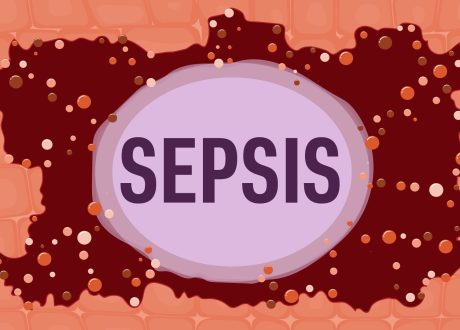 Byuk Sung Ko Youn-Jung Kim Kap Su Han, You Hwan Jo, JongHwan Shin
Byuk Sung Ko Youn-Jung Kim Kap Su Han, You Hwan Jo, JongHwan Shin
Incheol Park, Hyunggoo Kang, Tae Ho Lim,SO Hwang, Won Young Kim
Abstract
Background Currently, there is no consensus on the number of defibrillation attempts that should be made before transfer to a hospital in patients with out-of-hospital cardiac arrest (OHCA). This study aimed to evaluate the association between the number of defibrillations and a sustained prehospital return of spontaneous circulation (ROSC).
Methods A retrospective analysis of a multicentre, prospectively collected, registry-based study in Republic of Korea was conducted for OHCA patients with prehospital defibrillation. The primary outcome was sustained prehospital ROSC, and the secondary outcome was a good neurological outcome at hospital discharge, defined as Cerebral Performance Category score 1 or 2. Cumulative incidence of sustained prehospital ROSC and good neurological outcome according to number of defibrillations were examined. Multivariable logistic regression analysis was used to examine whether the number of defibrillations was independently associated with the outcomes.
Results Excluding 172 patients with missing data, a total of 1983 OHCA patients who received prehospital defibrillation were included. The median time from arrest to first defibrillation was 10 (IQR 7–15) min. The numbers of patients with sustained prehospital ROSC and good neurological outcome were 738 (37%) and 549 (28%), respectively. Sustained ROSC rates decreased as the number of defibrillation attempts increased from the first to the sixth (16%, 9%, 5%, 3%, 2% and 1%, respectively). The cumulative sustained ROSC rate, and good neurological outcome rate from initial defibrillation to sixth defibrillation were 16%, 25%, 30%, 34%, 36%, 36% and 11%, 18%, 22%, 25%, 26%, 27%, respectively. With adjustment for clinical characteristics and time to defibrillation, a higher number of defibrillations was independently associated with a lower chance of a sustained ROSC (OR 0.81, 95% CI 0.76 to 0.86) and a lower chance of good neurological outcome (OR 0.86, 95% CI 0.80 to 0.92).
Conclusions We observed no significant increase in ROSC after five defibrillations, and no absolute increase in ROSC after seven defibrillations. These data provide a starting point for determination of the optimal defibrillation strategy prior to consideration for prehospital extracorporeal cardiopulmonary resuscitation (ECPR) or conveyance to a hospital with an ECPR capability.
Trial registration number NCT03222999









